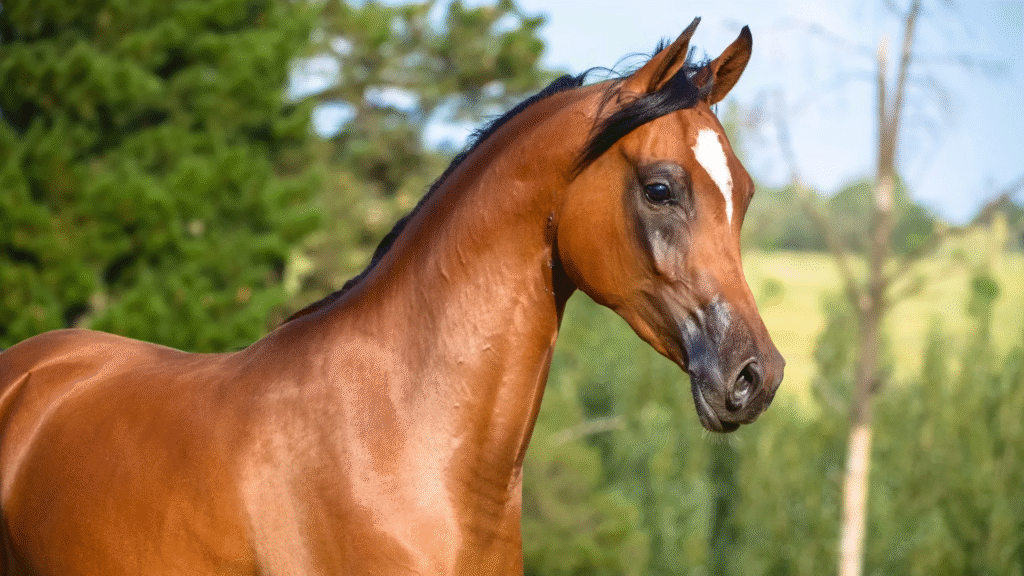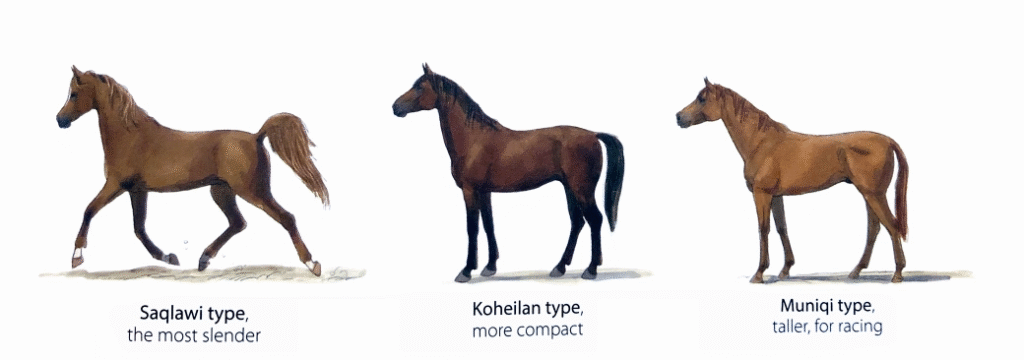When you think of Arabian horses, you probably picture elegance, beauty, and sheer grace. But have you ever wondered about the stunning variety of their coat colors? The colors of Arabian horses are not just beautiful; they carry history, culture, and even genetic surprises. Let’s dive into the colorful world of these magnificent creatures and explore the most common, rare, and unique shades that make Arabian horses so captivating.
The Majestic Arabian Horse: A Brief Overview

Arabian horses are one of the oldest and most admired breeds in the world. Known for their stamina, beauty, and intelligence, these horses have influenced many modern horse breeds. But apart from their legendary spirit, their coat colors also add to their allure.
Why Arabian Horse Colors Fascinate Enthusiasts
Why are people so fascinated by Arabian horse colors? Simple—each color tells a story. Some colors are prized for their rarity, while others are celebrated for their classic, timeless appeal. Whether you’re a breeder, a rider, or just a fan, the color of an Arabian horse often catches your eye first.
Common Colors of Arabian Horses

Arabian horses may come in various colors, but some shades are more commonly seen in this noble breed.
Bay Arabian Horses
Bay is one of the most popular colors. These horses have a reddish-brown coat with black points—meaning their mane, tail, and lower legs are black. Bay Arabians look rich and striking under sunlight.
Gray Arabian Horses
Grays are a classic. They are often born dark and lighten over time, sometimes becoming nearly white as they age. Their shimmering, silvery appearance makes them absolute show-stoppers.
Chestnut Arabian Horses
Chestnut Arabians are simply gorgeous. Their coats range from light copper to deep red, often glowing like fire under the sun. They usually have matching mane and tail colors.
Black Arabian Horses
A true black Arabian is rare but breathtaking. To be considered genuinely black, the horse must be uniformly dark without fading in the sun. Their sleek, glossy coats create a regal and mysterious vibe.
Rare and Unique Arabian Horse Colors

While the common colors are beautiful, some rare hues really set Arabian horses apart.
Roan Arabian Horses
Roan Arabians have a mix of white and colored hairs throughout their coat, creating a soft, smoky look. This is extremely rare in purebred Arabians.
Sabino Arabian Horses
Sabino is a pattern rather than a color, but it gives Arabians a unique look with irregular white patches and high white legs. It’s a genetic splash of flair.
Rabicano Arabian Horses
Rabicano markings give the horse a subtle roan-like appearance, especially noticeable around the flanks and tail base. These horses have a faint, yet elegant, sprinkling of white hairs.
Dominant White Arabian Horses
Dominant white Arabians are almost entirely white from birth, not to be confused with grays that lighten with age. This color is super rare and highly sought after.
Coat Patterns of Arabian Horses

Arabians don’t have flashy, multi-colored coats like some other breeds, but they still offer variety in patterns.
Solid Coat Patterns
Most Arabian horses have solid-colored coats, whether bay, gray, chestnut, or black. Solid colors emphasize their muscular structure and flowing movement.
Spotted Patterns (Extremely Rare)
Spotted patterns like those in Appaloosas are almost non-existent in Arabians. If you see one, it’s likely the result of unique genetic crossbreeding.
Blended Color Patterns
Some Arabians show blended hues, especially when transitioning between life stages or due to subtle genetic variations.
Understanding Arabian Horse Markings

Beyond coat colors, Arabian horses often feature unique markings that add character.
Facial Markings
Star
A star is a white spot on the horse’s forehead—small but eye-catching.
Snip
A snip is a small white mark between or around the nostrils, adding a playful touch.
Blaze
A blaze is a wide white stripe running down the horse’s face, giving a bold, expressive look.
Leg Markings
Coronet
A coronet is a thin white band just above the hoof.
Sock
A sock is a white marking that extends above the fetlock but below the knee.
Stocking
A stocking is a white marking that reaches up to the knee or hock, creating a striking contrast.
Arabian Horse Skin and Undercoat Characteristics

Arabians typically have black skin, which protects them from harsh sunlight. This unique trait helps prevent sunburn and makes their coats look even more vibrant. Their fine, silky coats are low maintenance compared to other breeds.
How Arabian Horse Colors Change Over Time
One fascinating fact is that many Arabian horses, especially grays, change color as they age. A dark gray foal may eventually turn almost white! Watching this transformation is like witnessing magic in slow motion.
Genetics Behind Arabian Horse Colors

The coat colors of Arabian horses are dictated by simple genetic rules, mainly controlled by the Extension (E) and Agouti (A) genes. These genes determine whether a horse will be black, bay, or chestnut. Additional genes influence rare patterns like sabino or dominant white.
Cultural Significance of Arabian Horse Colors
In some cultures, certain colors are believed to bring good luck or symbolize specific traits like bravery or loyalty. For example, black Arabians were once thought to be the mounts of warriors.
Choosing the Right Arabian Horse Color for You

When selecting an Arabian horse, color is often a personal preference. Some people love the fiery look of a chestnut, while others are captivated by the noble black or shimmering gray. Each color has its own charm.
Misconceptions About Arabian Horse Colors
Many people mistakenly think that certain colors indicate better performance or temperament. In reality, color doesn’t affect ability or personality. It’s purely aesthetic—so choose what makes your heart happy.
Caring for Different Colored Arabian Horses
Regardless of color, all Arabian horses need the same love and care. However, lighter coats may require extra grooming to stay pristine, while darker horses might need more sun protection to avoid coat fading.
Conclusion
Arabian horses come in a dazzling array of colors, each with its own story and charm. Whether you’re drawn to the classic bays, the mystical grays, or the rare sabino and rabicano patterns, there’s something captivating about every shade. Remember, while the color can catch your eye, it’s the heart, spirit, and connection you share with these majestic horses that truly matter.
FAQ’s
1. What is the most common color of Arabian horses?
The most common colors are bay, gray, chestnut, and black. Gray is particularly popular among Arabian horse enthusiasts.
2. Do Arabian horse colors change over time?
Yes, especially gray Arabians. They often start dark and gradually lighten as they age, sometimes becoming nearly white.
3. Are black Arabian horses rare?
Yes, true black Arabians are quite rare, especially those that maintain their color without fading in the sun.
4. Can Arabian horses have spotted patterns?
Spotted patterns are extremely rare in purebred Arabians. Most Arabian horses have solid colors or subtle white markings.
5. Does the color of an Arabian horse affect its performance?
No, coat color has no impact on an Arabian horse’s abilities, temperament, or performance. It’s purely an aesthetic feature.







